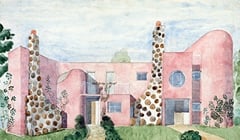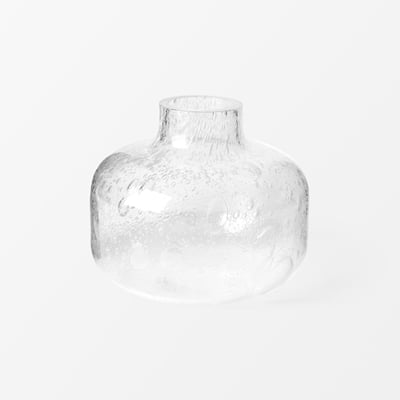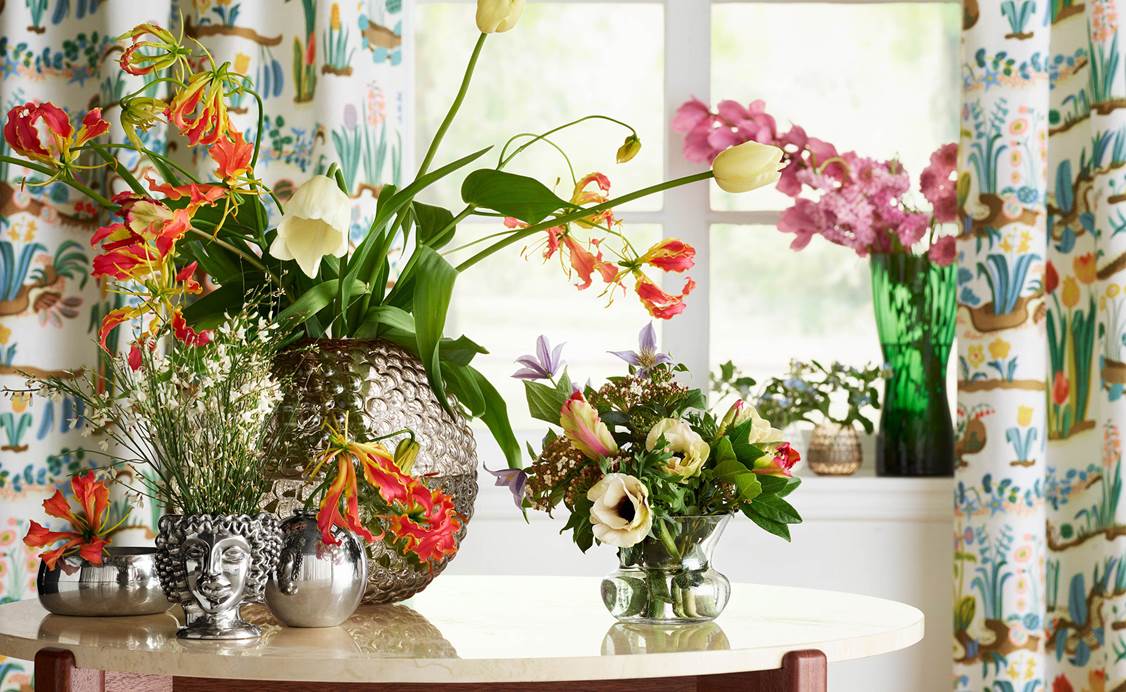Sustainability and manufacturing
Svenskt Tenn cares about the environment and sustainability, and the classic glass items in its range are no exception. When Skruf Glassworks in Småland produces glass items for Svenskt Tenn, it uses lead-free glass pellets that are mixed with approximately 30 per cent shards, the broken glass leftovers from manufacturing. The pellets come from Emmaboda, which is about 20 kilometres from the glassworks. Skruf uses an electric furnace, powered only with electricity from water and wind power. Waste, such as corrugated board and other combustibles, are sorted and sent for recycling. Any broken glass that is not used by the glassworks is sold to glass studios, which means that almost all of the glass is recycled. The premises themselves are heated with the help of wood pellets.
Purchasing Swedish glass cuts down on transport distances, helping to avoid a heavy climate impact, and by producing timeless products of high quality and a long service life, we are taking efforts not to waste the earth’s resources. Classic glass objects are rarely thrown away. Instead, they are preserved throughout the years and can be resold or passed down as gifts to the next generation.
Glass from Skruf
Glass from Skruf requires enormous precision of the glass blower, correct glass mass and right temperature. In the manufacturing process, there are always at least two people involved. The first step is to collect glass from the oven and form a small glass ball; a so-called "post". To this post you add some more glass mass until it is large and stable enough to carry the mass needed to blow the object. The hot glass mass is released into a graphite mould while the craftsman gently blows it into its right shape. After that, the glass is cooled in a refrigerator from 500 down to 35 degrees. This procedure takes about four and a half hours. Finally, the top is removed, and the edge polished to a smooth surface.
Sustainability in focus
Read more about Svenskt Tenn's Sustainability Philosophy below.














































































